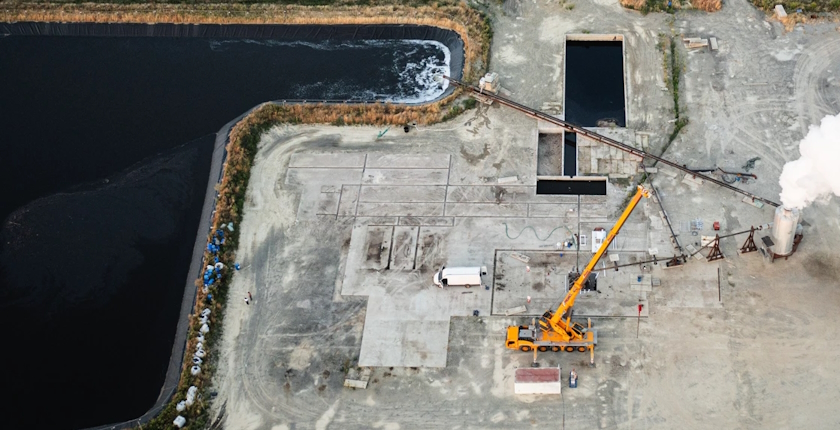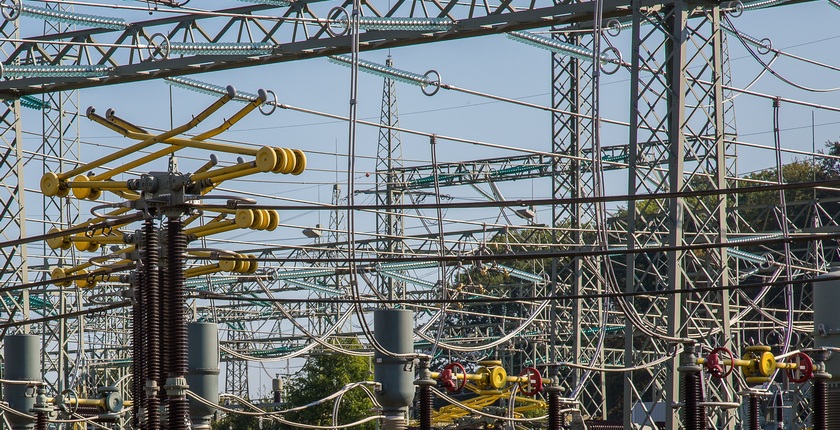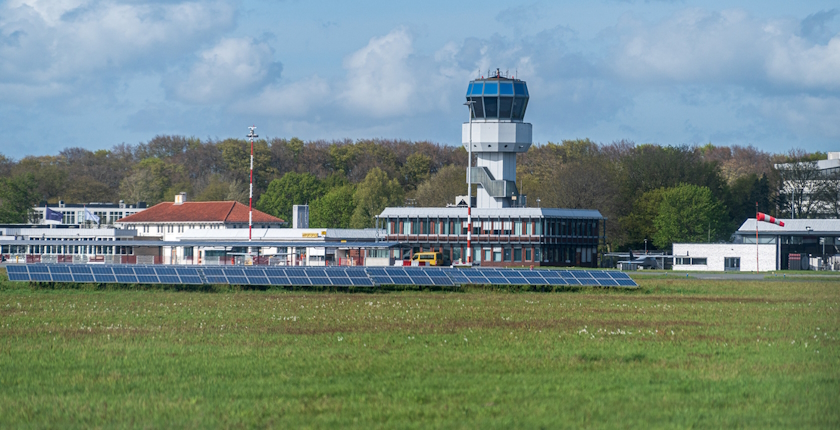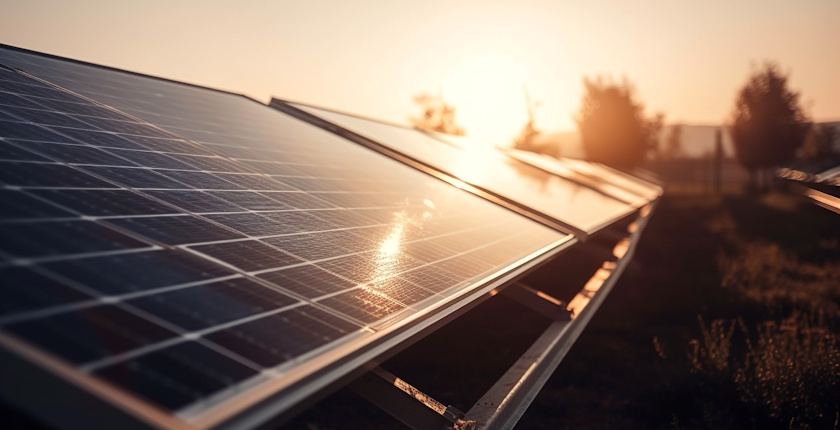
ENNA measures even higher temperatures at its Zagocha geothermal well
ENNA Geo completed additional production testing of the well at the site of the planned geothermal power plant GTE Zagocha in northeastern Croatia. It found even higher temperatures at the reservoir than before. In addition, drilling of the exploratory well Babina Greda GT-1 for another geothermal power plant began this week.
ENNA Geo, a member of the ENNA Group, said the additional production testing in Čađavica near Slatina was successful. It is the well for its planned 20 MW geothermal power plant GTE Zagocha. Furthermore, so-called rigless testing at the site, in northeastern Croatia, was carried out earlier this month on the well called Podravska Slatina GT-6beta (PSGT-6beta), said GTE Zagocha’s Project Manager Boris Vidoš.
The primary objective was to collect water samples from the geothermal reservoir at a depth of 4,582 metres and to measure additional production parameters essential for the development of the power plant project.
“Two downhole samples of geothermal water were collected under dynamic conditions, along with several surface samples of water and gas, which have been sent for detailed analysis to several internationally recognised geothermal laboratories (New Zealand, France, Turkey and Croatia). We are particularly pleased that the geothermal reservoir itself, only a few months after completion of the well, is showing higher measured temperature values both at reservoir level (well bottom) and at the surface,” he asserted.
Slatina 2 field’s significant potential confirmed
A maximum temperature of 211 degrees Celsius was recorded at the bottom of the PSGT-6beta well, versus 180 degrees at the surface, Vidoš said.
He explained that all downhole and surface flow measurements, geochemical analyses of water, and gas analyses would provide a broader picture of the geothermal potential of the Slatina 2 field, enabling the ENNA Geo team to begin concrete discussions with suppliers of the process equipment for the geothermal power plant.
The drilling of the well was completed in March, followed by initial production testing, which confirmed the significant geothermal potential of the Slatina 2 field. The additional rigless testing – planned petroleum engineering operations – was successfully carried out, Vidoš added.
Waiting for market premium tender for almost two years
Croatia has considerable geothermal potential, but currently not a single operational geothermal power plant. Namely, the Velika 1 facility in Ciglena near Bjelovar has been long offline due to an ownership dispute.
GTE Zagocha is the most advanced geothermal power plant project in Croatia to date. It depends on the launch of a public tender for the allocation of a market premium.
ENNA Group noted that Germany subsidizes geothermal power plants over a 20-year period with a guaranteed price of EUR 252 per MWh, and that Italy offers a guaranteed price of EUR 200 per MWh over 25 years.
The Zagocha project has been prepared for a public call since November 2023, but the Croatian Energy Market Operator (HROTE) has not issued a public call for three years, the company said in its update.
Drilling starts at Babina Greda 2 field for 15 MW geothermal power plant
ENNA Geo, through the project company Geo Power Babina Greda, is also developing a geothermal power plant project in Babina Greda in Croatia’s northeast, planning 15 MW. On the geothermal exploration field Babina Greda 2, drilling of the exploratory well Babina Greda GT-1 (BaGGT-1) began this week.
The plan is to drill the deep geothermal well Babina Greda 1 and conduct production testing over the next 110 days. Additionally, the company revealed it expects surface flow of 110 liters per second of geothermal water of 170 degrees Celsius.
ENNA Solar agreed in April to take over an 87.5 MW ready-to-build photovoltaic project in Romania from Austria-based Kraftfeld Energy.





